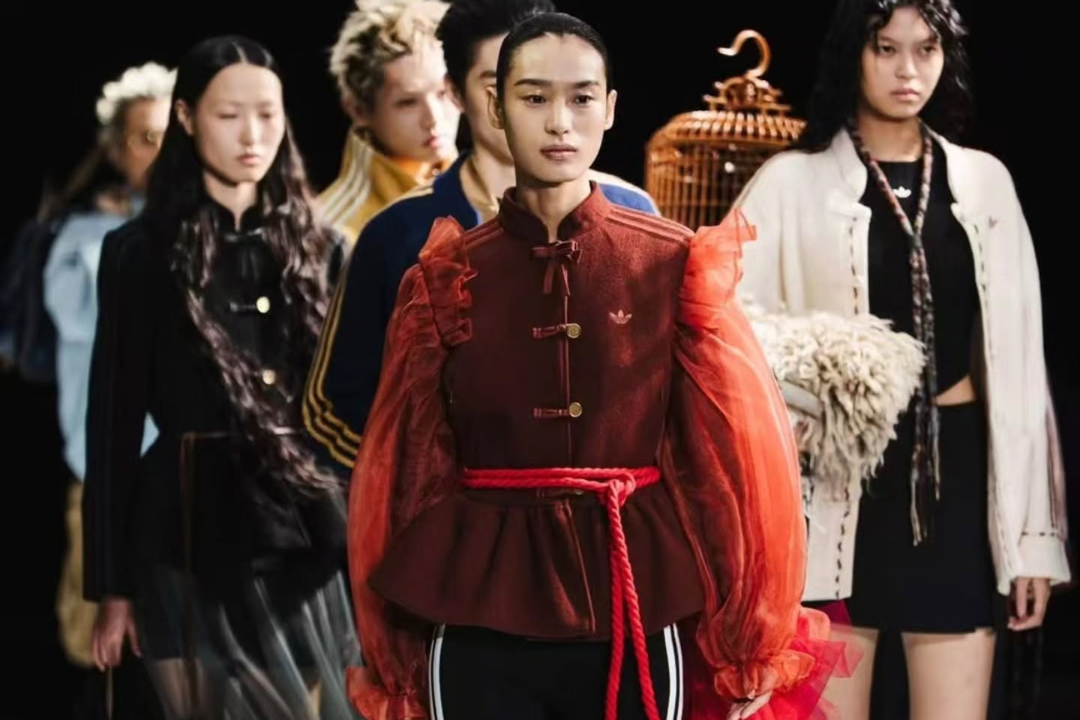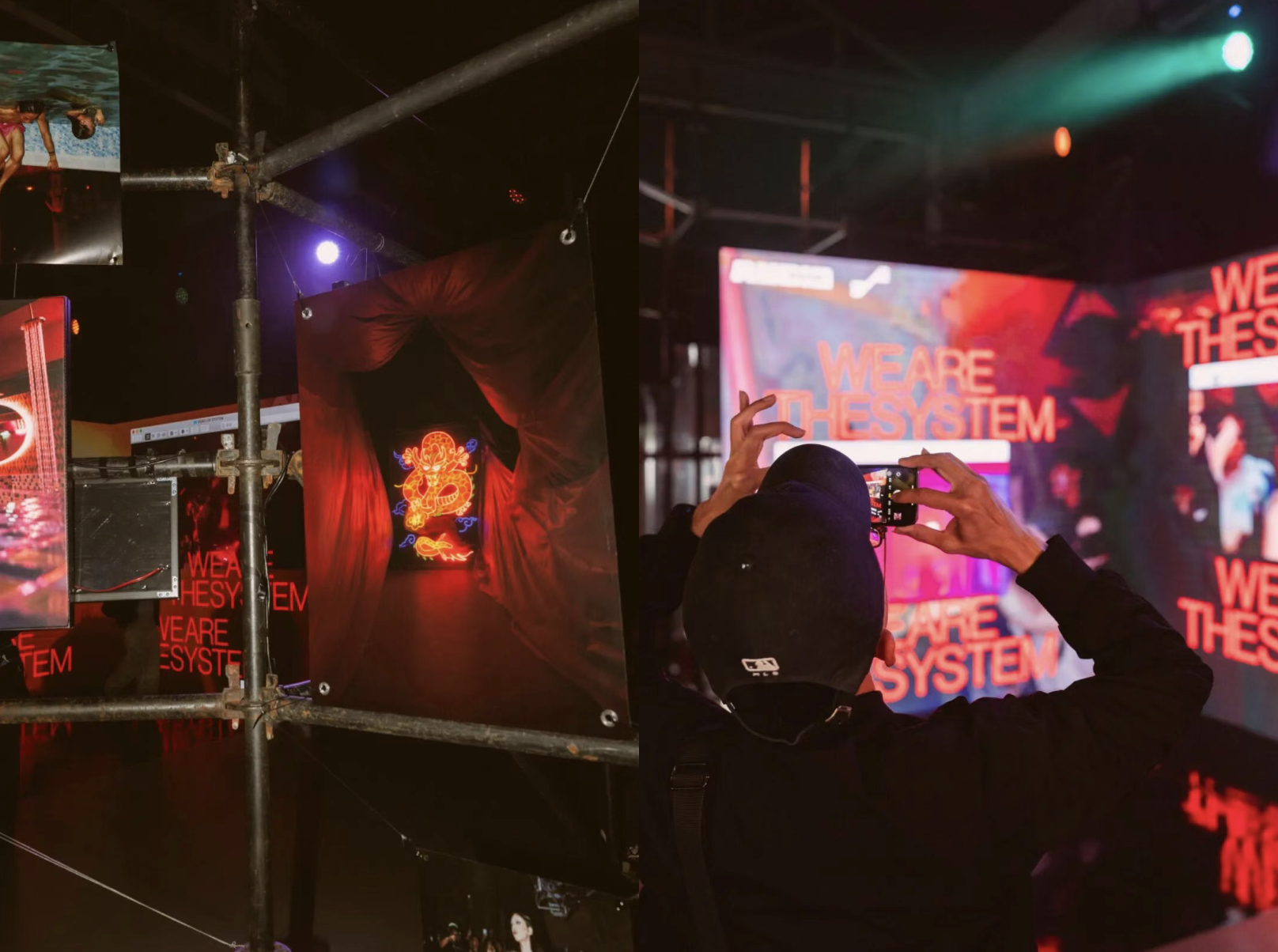If you’ve ever been to Speak Low — Shanghai’s sole entry to date on World’s 50 Best Bars — chances are you’ve at least gotten a glimpse of Faye Chen hard at work behind the bar. The Taiwanese bartender helped owner Shingo Gokan open the bar in 2014, at what she remembers as the advent of Shanghai’s “cocktail revolution.” She’s now teamed up with her best friend to bring an all-new drinking experience to New York City: turning the flavors of Chinese and Western food into shockingly palatable cocktails.
Chen sat down with us in Shanghai to talk about projects old and new, plus the growth of Chinese cocktail culture, and stir up a drink or two of her own.
Let’s start off with a fun one. What was your first experience with alcohol, and how old were you?
My first experience drinking alcohol was a famous Taiwanese beer. I was maybe 14 years old — is that okay to say out loud? — and I was trying to show off to my schoolmates. And the first taste was awful — I couldn’t understand why people liked drinking! But now, of course, I love it.
How did you first get started bartending?
Years ago I used to work as a waitress at a club in Taipei — one with a live band, that sort of thing. I remember it was our anniversary party, and my boss hired a flair bartender to go onstage and perform. I was young and knew nothing about bartending, and when he did a show onstage with lighting and fireworks I was like, “Wow!” So I asked him for the business card of his bartending studio and signed up for classes.

For those of us that don’t know, what is flair bartending?
Flair bartending is like a showcase where they add some extra visual fun behind the bar for the customers — like flipping bottles, or juggling glassware or ice. I did want to be a flair bartender at the beginning, but at the time it wasn’t easy to make money doing that. You could only make the base salary, because customers didn’t think to give any extra tips for that. And that wasn’t really enough to live on. I then gave up on the idea and switched to just being behind the bar making classic cocktails.
Making cocktails behind a bar is still exciting work. It feels like acting, with costumers watching your every movement but not following the script. And you can always add your own creativity to the show.
For years you were behind the bar at Speak Low in Shanghai, the highest-ranked mainland Chinese bar in World’s 50 Best Bars. How did you end up working there?
My friend and business partner in New York, GN Chan, introduced me to the founder of Speak Low, Shingo Gokan. Shingo used to consult in a bar called Angel’s Share in New York City. GN worked for Shingo, and after Shingo won the Bacardi Global Legacy cocktail competition in 2012, he wanted to open a bar called Speak Low. At that time GN introduced me to Shingo-san, and I moved to Shanghai to open the bar with him.
What did a night at Speak Low typically look like for you?
As far as I recall, six months after Speak Low opened we became really, really busy. That kind of busy where you don’t have time to eat or to use the washroom. We always shared responsibilities and often had to run the floor by ourselves, just one bartender and one bar back. It was non-stop making drinks and service, with customers coming in and out very quickly. I was managing at the time, so I had to be everywhere, wherever they needed me: second floor, third floor, server, hostess, paperwork, cleaning the toilets.

Chen at Speak Low circa 2015
Speak Low has three floors open to the public, and the second and third floors are both bars that provide a different experience. The second floor is more high volume, and since quality was the most important thing to us, we would have to pre-batch a large part of what we make. We checked all of the quality and taste everything beforehand before the shift started. That’s how we kept that balance between quality and speed.
My last shift at Speak Low was easily the most memorable night for me. I invited guest bartenders who had helped me from my first day in Shanghai, plus my bosses, friends and regular costumers all the people that I love are around me. It was the most perfect farewell party for me. And of course, there was the after party and after-after party… It was never easy for me to leave.
What, in your opinion, was the biggest challenge to running a bar in China?
Moving to Shanghai was my first time coming to mainland China.
That was the very beginning of Shanghai’s “cocktail revolution.” I remember nine cocktail-focused bars opened the same month we did — many of which are still open today.
Shanghai is a very diverse city; people here are from everywhere. My bosses were Japanese and Shanghainese, and my co-workers were from different regions and different countries.
Running a bar like this, communication and keeping everyone on the same page were the hardest part. Different cultural backgrounds, personalities, languages, life styles, food preferences — it’s not easy to manage. But the upside is, our costumers are also diverse, so we have the ability to better take care of them.
Recently you were a judge for the China edition of the Bacardi Legacy Competition. Tell us more about that.
Yes, so I was judging the finals for the Bacardi Legacy Cocktail Competition. The cocktail competition is where bartenders around the nation compete. I won China’s competition in 2015 and went on to compete in the Global Legacy Competition, and they’ve asked me to judge the Chinese and Southeast Asian finals ever since.

Chen at the 2015 Bacardi Legacy Cocktail Competition
For this competition, Bacardi is looking for what they call a “legacy cocktail” made with Bacardi rum, such as a mojito or a daiquiri — a remix of a classic. As judges, we look for an interesting name, a story, and something that can be easily replicated in any bar or home around the world. Things like infusions, for example, aren’t permitted because they’re often difficult to reproduce.
To you, what are some of the most exciting cities for cocktails in China?
The most exciting city is definitely still Shanghai, I would say. There’s tons of bars you can’t even finish in one trip. As far as new, developing cocktail scenes, I would say Chengdu and Chongqing are really exciting right now. A lot more new bars are opening there.
I think China right now is open to everything, in cities all over. For Bacardi Legacy [China] we just crowned a new champion — a girl from Nanjing. This is honestly the best time for a new cocktail scene to be developing here.
So, tell us about your new project, Double Chicken Please.
So GN and I go way back, to our Taiwan days. We worked at the same bar called Hideout, at different times. We’ve been friends since then. He then went on to win the Bacardi Global Legacy competition in 2016, representing the US. It was he that also introduced me to Shingo-san at Speak Low.

Chen and Chan guest bartending in Beijing
But we’ve always had this idea to open a bar together. GN actually used to be an industrial designer, and years ago he wanted to open a design studio with his best friend back in Taiwan. He and his best friend had names that both sounded like “chicken” in Chinese (ji 鸡). So they came up with Double Chicken Please. It’s also kind of a fun name for people in the States because it sounds like you’re ordering a sandwich or a burger like, “Double chicken please!”
Turning things like spicy mapo tofu into drinks… sounds like it could so easily be disgusting. What has the process been like, and how are guests reacting to them?
It was a challenge at first since it’s really not that easy to turn solid foods into liquid drinks. It required some experimentation, especially since a lot of oils and meats are hard to turn into a drink. But there’s also a lot of techniques now that allow you to extract the flavor or aromas from the food and put it into a drink, such as distillation, fat-washing, or milk punch.
Overall guests have really liked them, but it also depends on taste. If we serve the drinks in Asia versus the West, the reactions can be pretty different. We were guest bartenders in Beijing and served our “century egg tofu” drink, and guests all thought it was really good. Chinese know more what to expect with these — that the umami comes from the century egg, things like that. But for Americans, they are often like, “Huh? Why is it so stinky?” Some people will like it, some people won’t. So we have to adjust a bit depending on where we are.
And the yellow camper van?
The yellow van actually came about because we hit some roadblocks on getting a properly licensed space. It is New York, after all. GN and I both missed making drinks for people, so we decided to take it on the road. To me, road trips are a pretty unique experience to the United States. They don’t really happen in every country.
So GN bought a camper van, and we turned the interiors into a small bar. We can only fit two customers inside at a time, so it’s a very exclusive experience. Our tasting menu consists of the welcome drink then a salad, main course, and dessert, all in drink form. All half-sized pours, of course — otherwise guests would be on the floor!
Now for two subjective questions: what’s your favorite base to work with, and what ingredient is your “secret weapon?”
I don’t have a favorite base. It really depends on what the direction of the drink is. I like rum and gin, and I love to drink and play around with mezcal.
Secret weapon? Maybe salt, or a couple drops lemon juice — sometimes that’s just what you need to bring out the right balance. Each combination needs its own “secret weapon” to make the flavor pop. It all depends on the drink.















